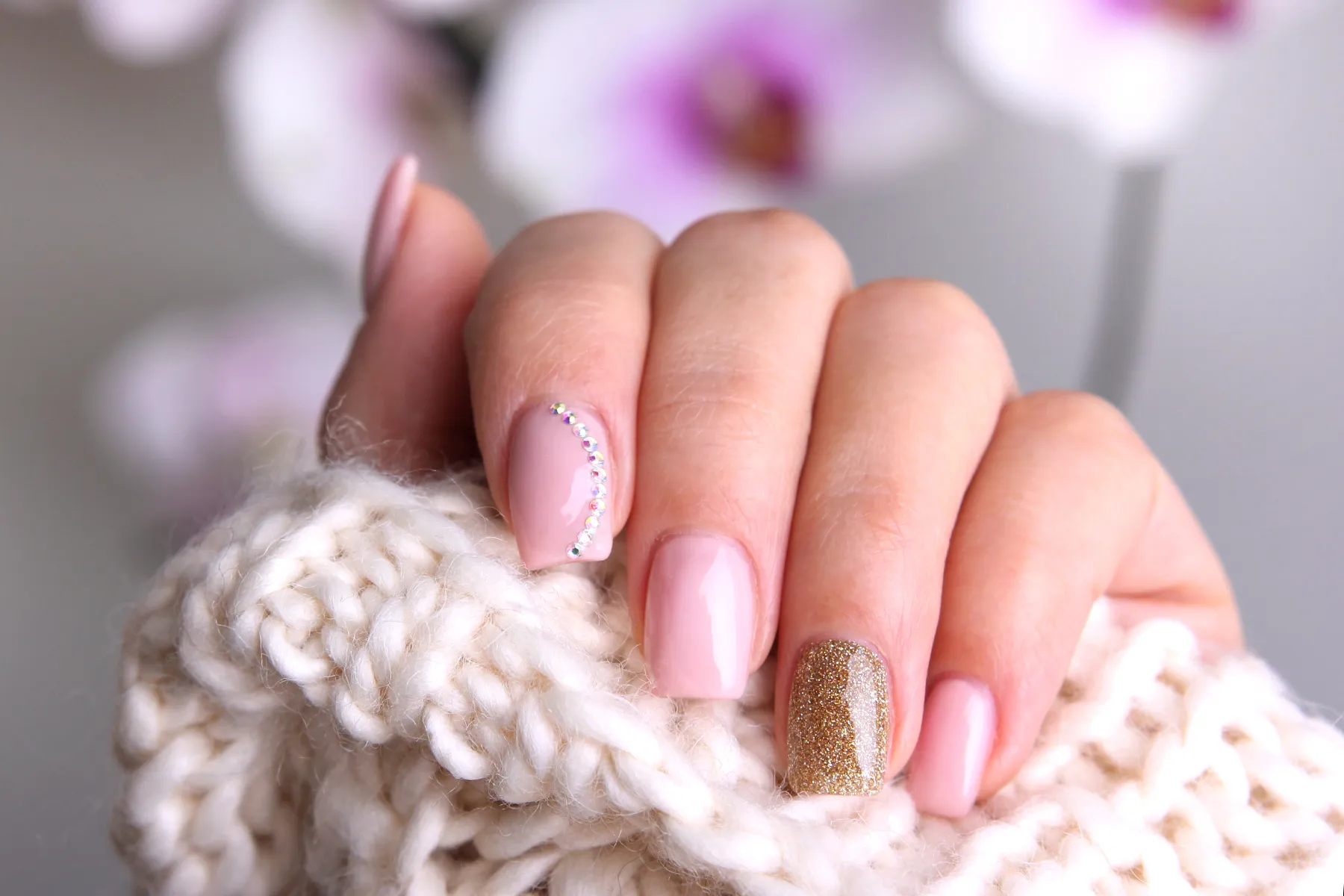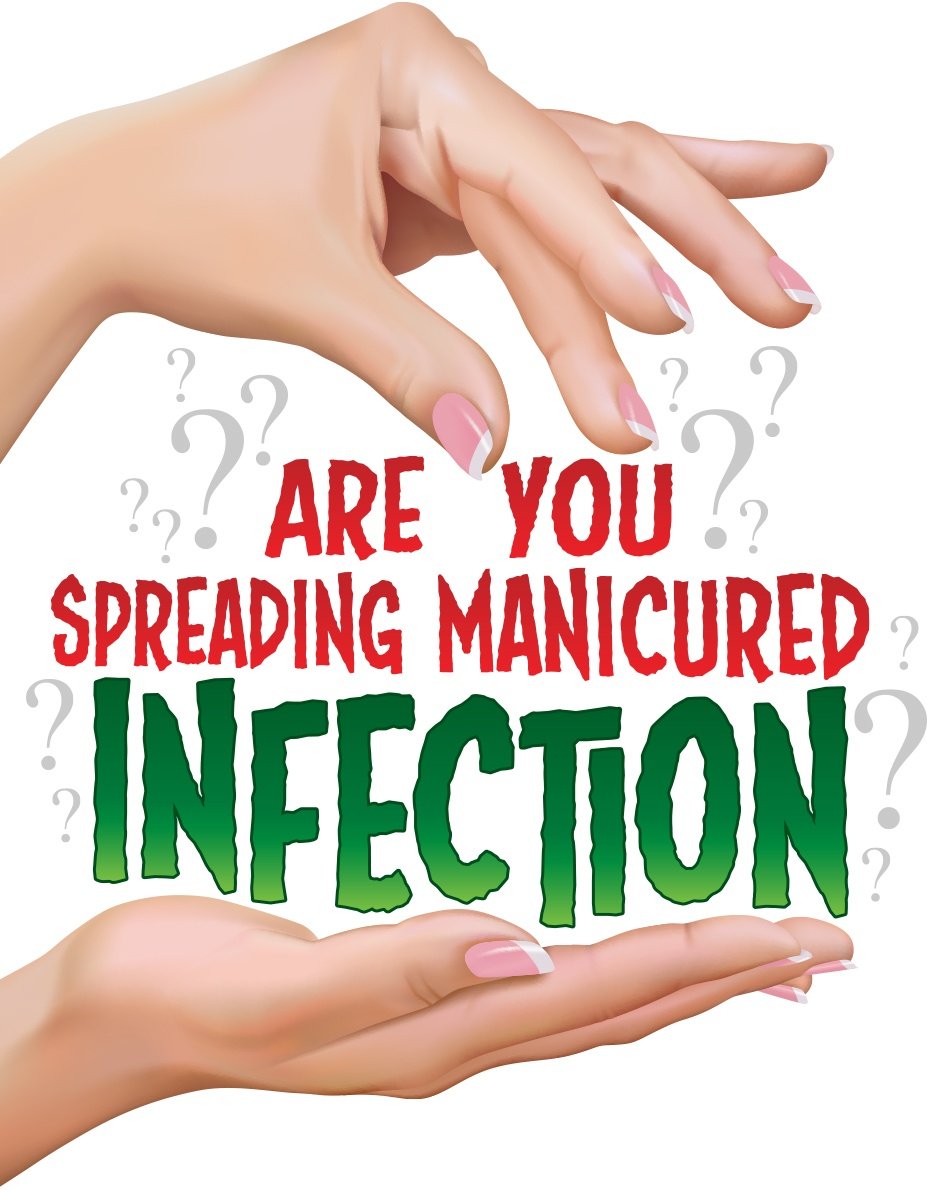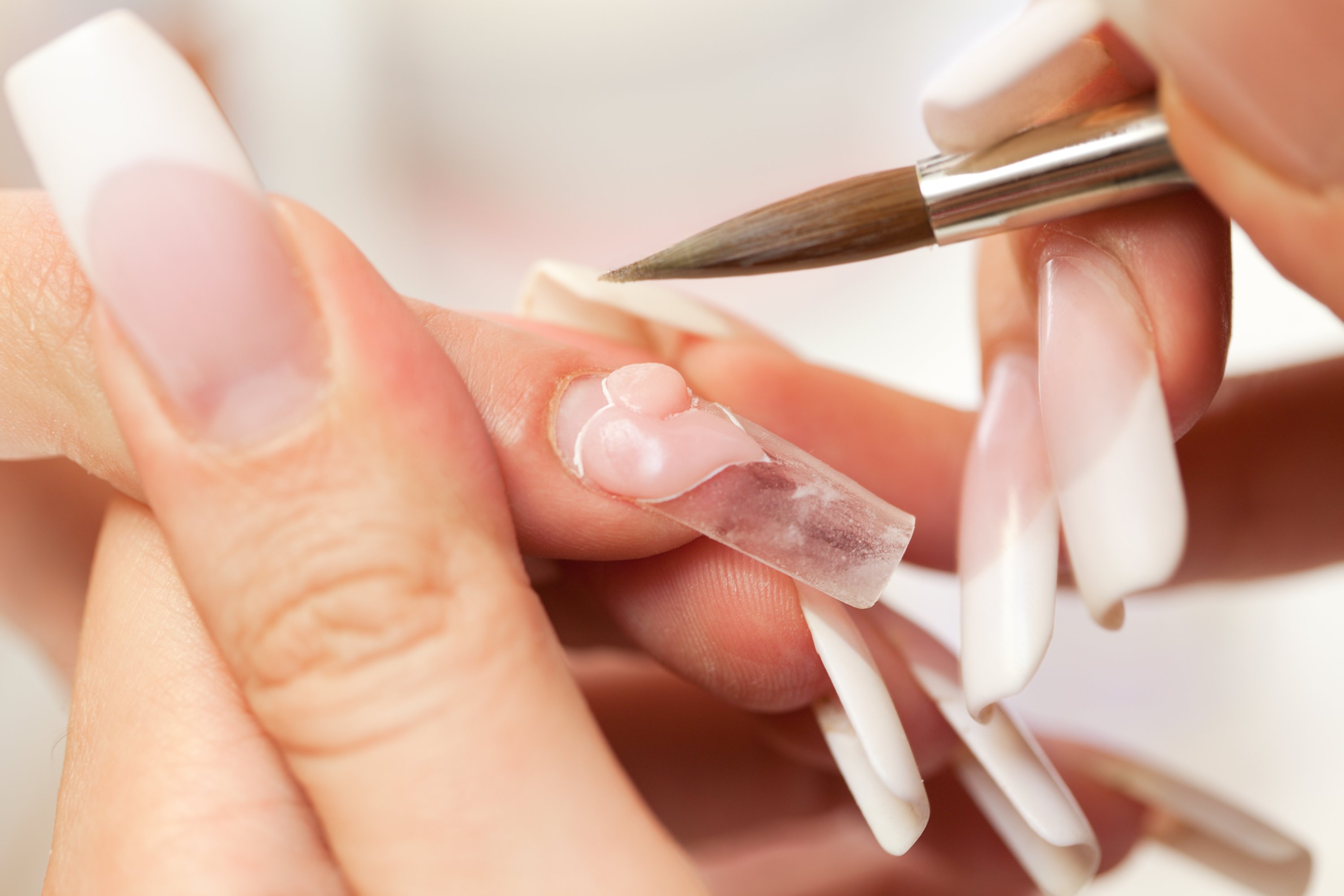Acrylic Nails And Infection Control

7A Comply with current Centers for Disease Control and Prevention CDC hand hygiene guidelines.
Acrylic nails and infection control. Nail care is vital in the prevention and spread of disease. They can be used for nail extensions and are basically artificial nails that are created by the use of nail products. Conclusive evidence is needed.
Scrub the underside of nails with soap and water or a nail brush every time you wash your hands. The hard gel and the soft gel. The Joint Commission has also added these recommendations from CDC to their Infection Control standards and included the issue of artificial nails in Patient Safety Goal 7.
The study was conducted at 3 health centers. When you notice one of your acrylic nail lifting or is not fitted well then you must glue it back immediately in order to prevent it from moisture. In commercial settings such as nail salons External sterilize nail grooming tools before use.
Evaluation of the bacterial burden of gel nails standard nail polish and natural nails on the hands of health care workers. In both studies nail surfaces were swabbed and subungual debris was collected to obtain material for culture. Two studies add to the evidence that health care personnel who wear artificial acrylic fingernails to work may jeopardize patient safety.
Staph and yeast both cause infections ranging from inflammation to blood poisoning. Remember all chemicals if not handled correctly can pose a health risk. To remove acrylic or gel nails you soak your fingers in acetone for 10 minutes or longer.
These studies provide evidence that wearing artificial nails may increase the likelihood that harmful bacteria may be transmitted to patients posing an infection control risk. Little is known about the new and popular gel nail products. Two studies add to the evidence that health care.








